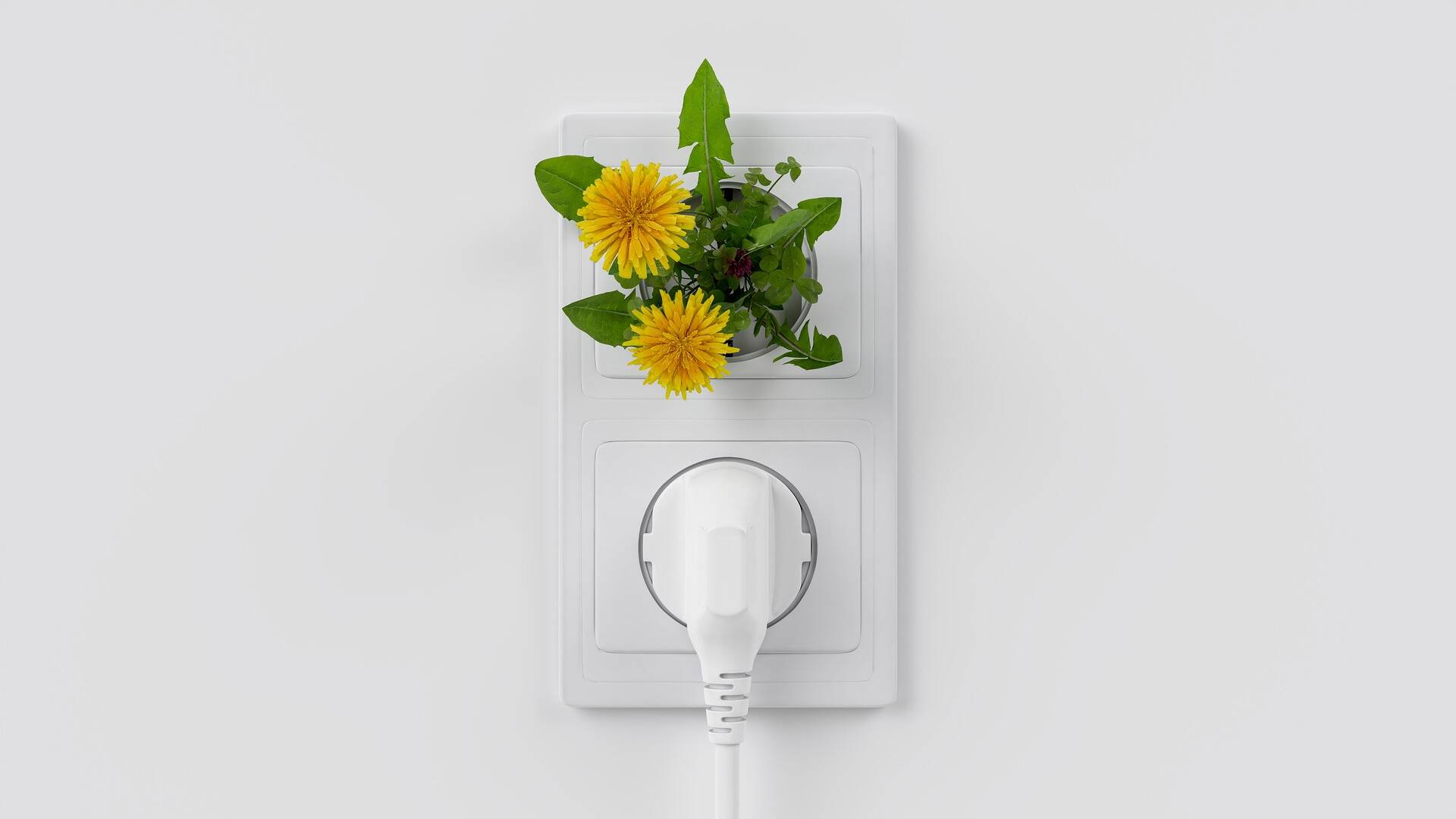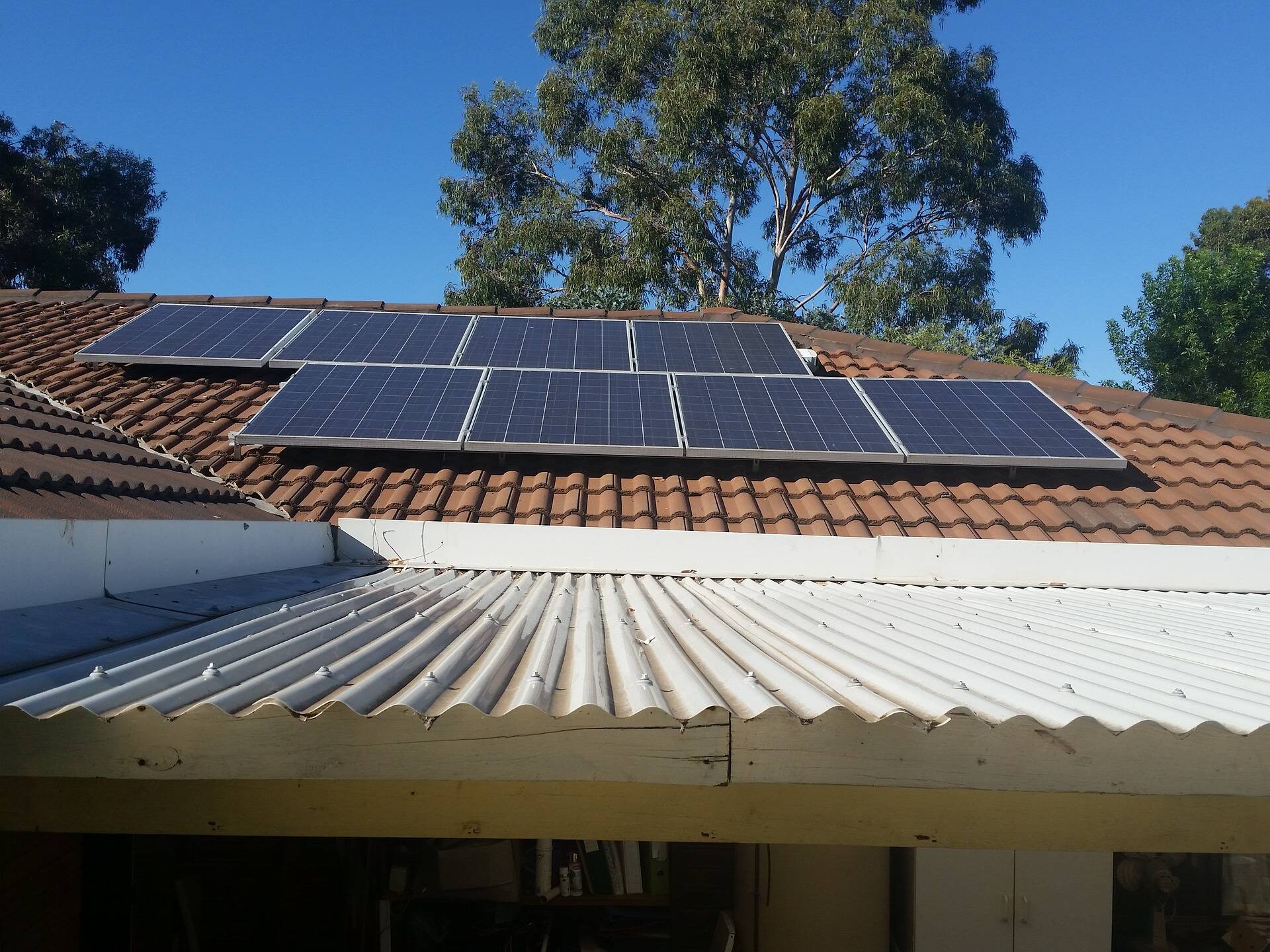You’ve reached your limit!
To continue enjoying Utility Week Innovate, brought to you in association with Utility Week Live or gain unlimited Utility Week site access choose the option that applies to you below:
Register to access Utility Week Innovate
- Get the latest insight on frontline business challenges
- Receive specialist sector newsletters to keep you informed
- Access our Utility Week Innovate content for free
- Join us in bringing collaborative innovation to life at Utility Week Live

Centre for Net Zero CEO Lucy Yu mulls over key questions around the tech, transparency and level of device automation necessary to enable innovation and ‘hyper-personalisation’ in greener energy consumption.
The ‘age of hyper-personalisation’ has arrived. From finance through to fashion and fitness, a growing band of businesses now offer a greater variety of individually tailored programmes, products and services than ever before.
 Technology lies at the heart of these bespoke offerings, with smart algorithms helping to design products adapted to each customer. While slow to adapt, the world of energy is waking up to these possibilities.
Technology lies at the heart of these bespoke offerings, with smart algorithms helping to design products adapted to each customer. While slow to adapt, the world of energy is waking up to these possibilities.
The offering from utility providers is expanding, with a plethora of rates, tariffs and pricing to choose from. But if we’re to transition to a smarter, greener energy system, we must help the majority of consumers adopt new, innovative propositions crafted to suit their particular preferences – and at the same time, help providers and the grid work together intelligently and with greater flexibility.
Greater transparency key to innovation
Why is this important? As the UK shifts to electric heating and transport to meet its net zero goals, the demand for electricity is expected to double by 2050.
Intermittency of variable renewable energy generation means storage is key, but so too is demand and the ability to incentivise and reward consumers who are willing to use electricity more flexibly. This might mean shifting load on the system when a household is able to do so – such as running a dishwasher half an hour earlier or later than usual – or even by discharging energy back to local infrastructure.
 Put simply, the way we interact with energy could look very different than it does today for the majority of us. So what needs to happen to unlock this change?
Put simply, the way we interact with energy could look very different than it does today for the majority of us. So what needs to happen to unlock this change?
Opening up and sharing energy data is critical. We know that greater transparency can unlock innovation – and there are countless examples of where this has benefitted both businesses and consumers in other sectors.
Early improvements in data sharing mean that energy providers are taking positive steps in directing customers away from generic, fixed rate tariffs and towards more bespoke, flexible offerings – also known as ‘time-of-use’ (ToU) tariffs, which are gaining increasing traction.
Designed to incentivise customers to shift more of their energy use to off-peak times in order to balance demand, these tariffs reward those who do so by charging cheaper rates at certain times of night or day when demand is at its lowest. The result? Flexible demand and lower customer bills.
 But as important is the improvement in people’s understanding of their energy usage and its carbon intensity, it quickly becomes clear how cheap low carbon energy really is. When the sun is shining and the wind is blowing, energy is at its most abundant and prices could even turn negative, prompting consumers to get paid to run a wash or charge their EV.
But as important is the improvement in people’s understanding of their energy usage and its carbon intensity, it quickly becomes clear how cheap low carbon energy really is. When the sun is shining and the wind is blowing, energy is at its most abundant and prices could even turn negative, prompting consumers to get paid to run a wash or charge their EV.
Reflecting household equilibrium
It’s this more transparent relationship with the energy system that excites me most.
ToU tariffs mean that the price of consuming a unit of energy at any given time and place could be tuned to reflect the real cost or benefit of that consumption in relation to the whole energy system. By exposing those costs to consumers we can begin to build a fuller understanding of how real world behaviours affect the system at large, including where there are easy opportunities to realise low or no-pain improvements for the system, and where this becomes more challenging.
 Future ToU tariffs could reflect every individual household’s best equilibrium here, with both the customer and the tariff adapting to each other.
Future ToU tariffs could reflect every individual household’s best equilibrium here, with both the customer and the tariff adapting to each other.
But these tech-driven changes must be communicated responsibly. Just last week, we saw multiple headlines raising concerns around ‘surge pricing’ of energy, yet such narratives are often reductive and fail to convey the real value of the generalised concepts of dynamic pricing and flexibility at the consumer side.
While the adoption of ToU tariffs has been slow to take-off in many European countries – not least because of the slow installation of smart meters – a look across the pond finds quicker progress. In Southern California, more than two million customers are being moved to ‘opt-out ToU’ from 2022 to support its overburdened grid. Meanwhile, Google’s new Nest Renew program is offering a range of cleaner energy options for its 11 million smart thermostat customers. Shifting home energy use to times when more clean power is available is central to its plans.
Combining innovative tariffs and device automation
The real question is whether this will become a global reality, and how quickly it might happen.
While this is an interesting tech-enabled concept, the extent to which it actually takes hold in the market is most likely a stronger function of social factors – like fairness, privacy, trust and ethics – than it is a function of the technology itself.
 In other sectors there have been products or services proposed whose foundation is based upon ingesting a lot of detailed personal or household data in order to tailor bespoke offerings, but many of them have – justifiably – raised wider debates. Oft-used examples are the provision of historical fitness tracker data to inform tailored health insurance (generally considered worrisome); and of a vehicle’s ‘black box’ driving behaviour data to inform car insurance (generally considered acceptable, and perhaps even beneficial).
In other sectors there have been products or services proposed whose foundation is based upon ingesting a lot of detailed personal or household data in order to tailor bespoke offerings, but many of them have – justifiably – raised wider debates. Oft-used examples are the provision of historical fitness tracker data to inform tailored health insurance (generally considered worrisome); and of a vehicle’s ‘black box’ driving behaviour data to inform car insurance (generally considered acceptable, and perhaps even beneficial).
I believe that innovative tariffs combined with some degree of device automation carry huge potential for a truly green, more equitable and resilient future energy system. What we now need to explore and better understand is what that optimum system looks like, under the hood. How much automation are people comfortable accepting? What trade-offs are important to them? Should ‘default’ settings on devices be regulated? And how can artificial intelligence support automation of an increasingly complex system?
Before we know it, it might be as normal to react to real-time energy prices through a conversation with Alexa as it is to check the quickest route home.

See this content brought to life at Utility Week Live, 17-18 May 2022 NEC Birmingham
Decarbonising heat, delivering best in class customer services and Delivering the smart meter rollout are among the frontline challenges at the heart of Utility Week Live 2022’s live content programme.
View the challenges and be alerted for tickets to the industry’s most eagerly awaited reunion at utilityweeklive.co.uk.
Please login or Register to leave a comment.